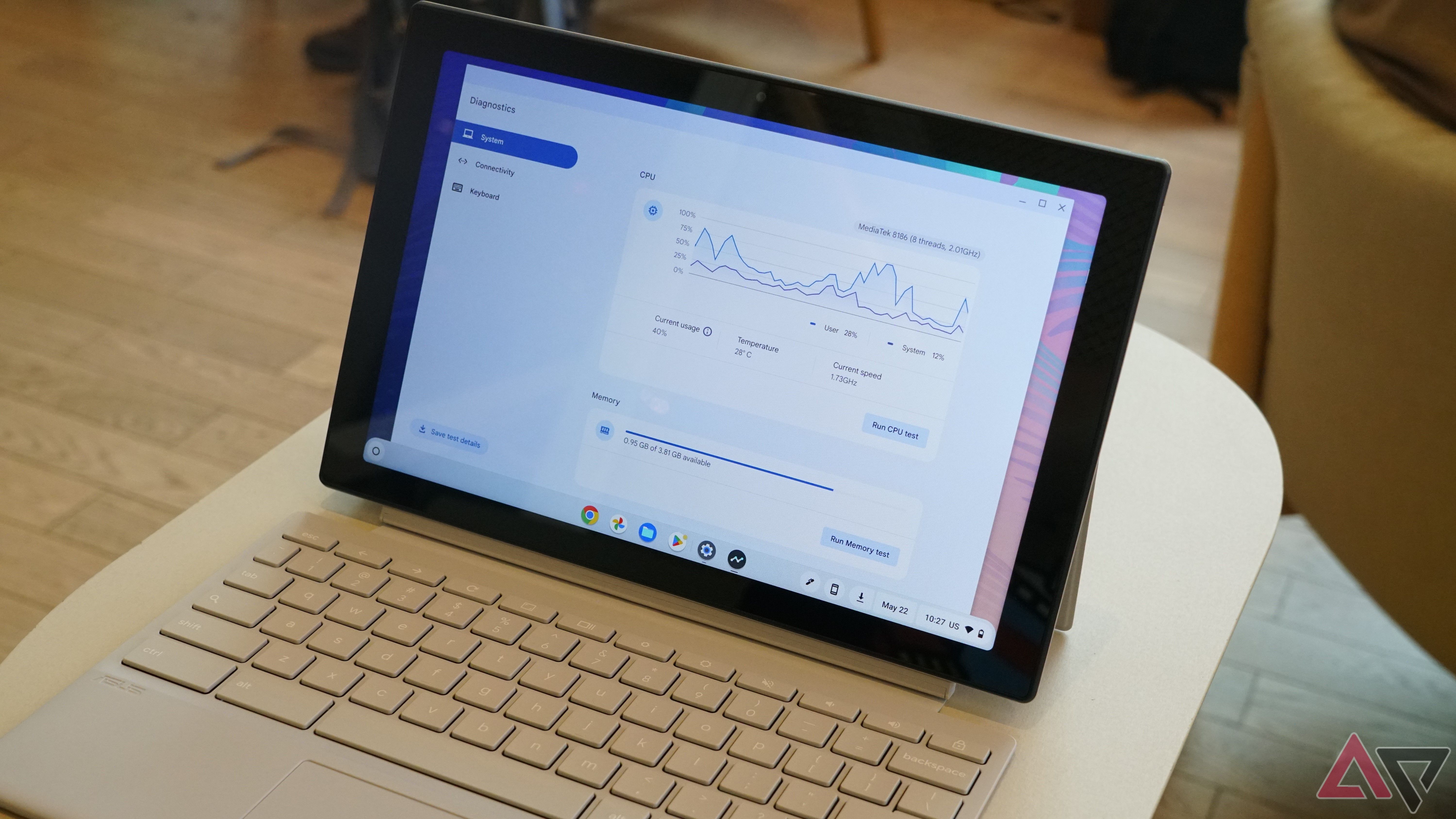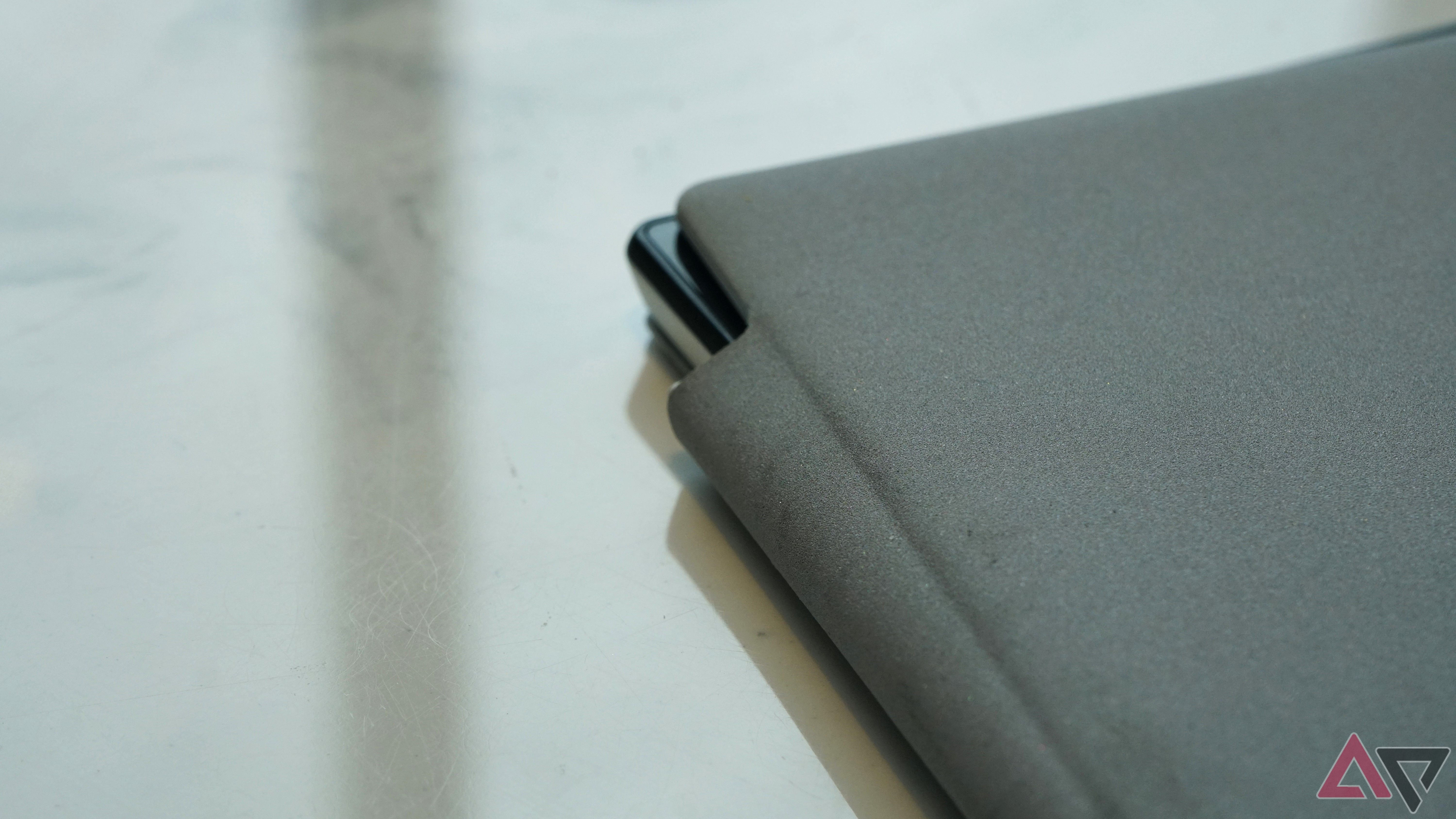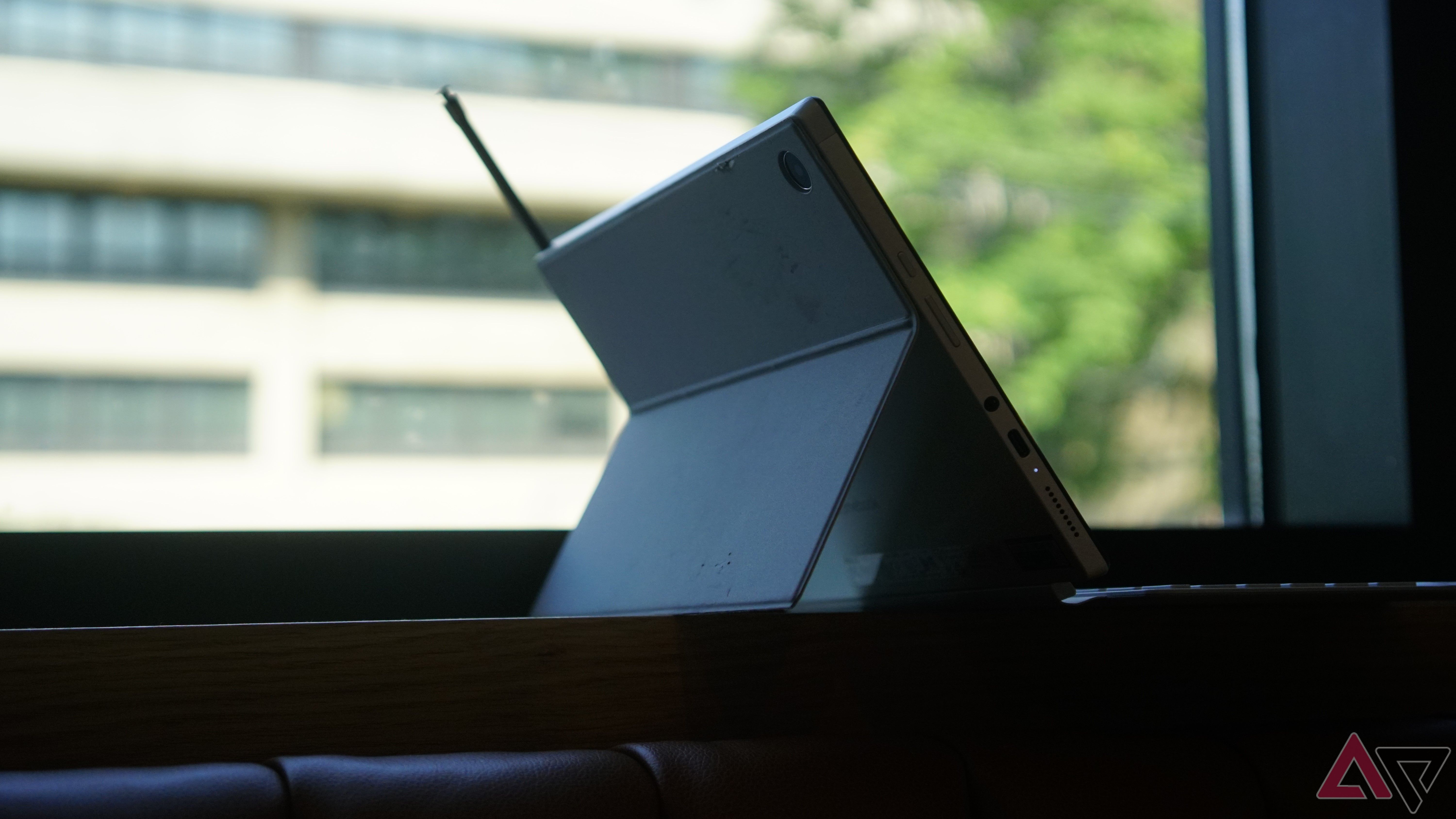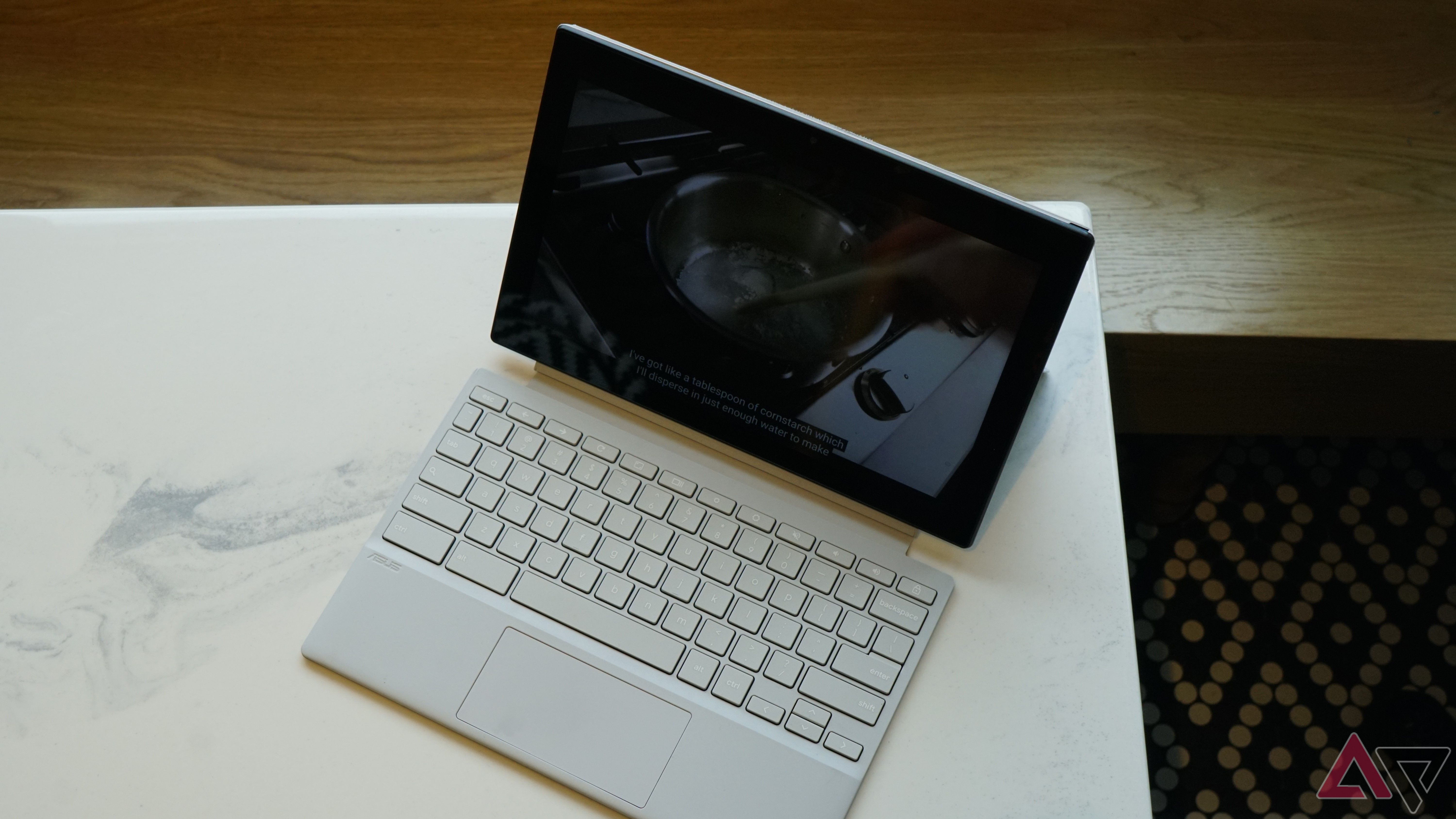Apple may have its iPads, but when it comes to cost-conscious functionality, Google has been able to counter with Chromebooks — especially with compact 2-in-1 tablets. We’re talking about slabs in the 11-inch ballpark and a keyboard folio kit in the box. Within the past four years, we at Android Police have been charmed by Lenovo’s Chromebook Duet series, HP’s Chromebook x2 11, and, yes, Asus with its formidable Chromebook CM3 Detachable from 2021. Its clever design allowed the tablet to be stood up in both landscape and portrait orientations and also built in a home for a stylus.
This year, the Taiwanese firm brought on an update with the Chromebook CM30 Detachable (CM3001). It makes some surprisingly contentious trade-offs moving from the CM3, including the loss of that dual orientation mounting, but at the end of the day, we think this is still your best bet on a digital doodle pad if you’re pinching pennies.
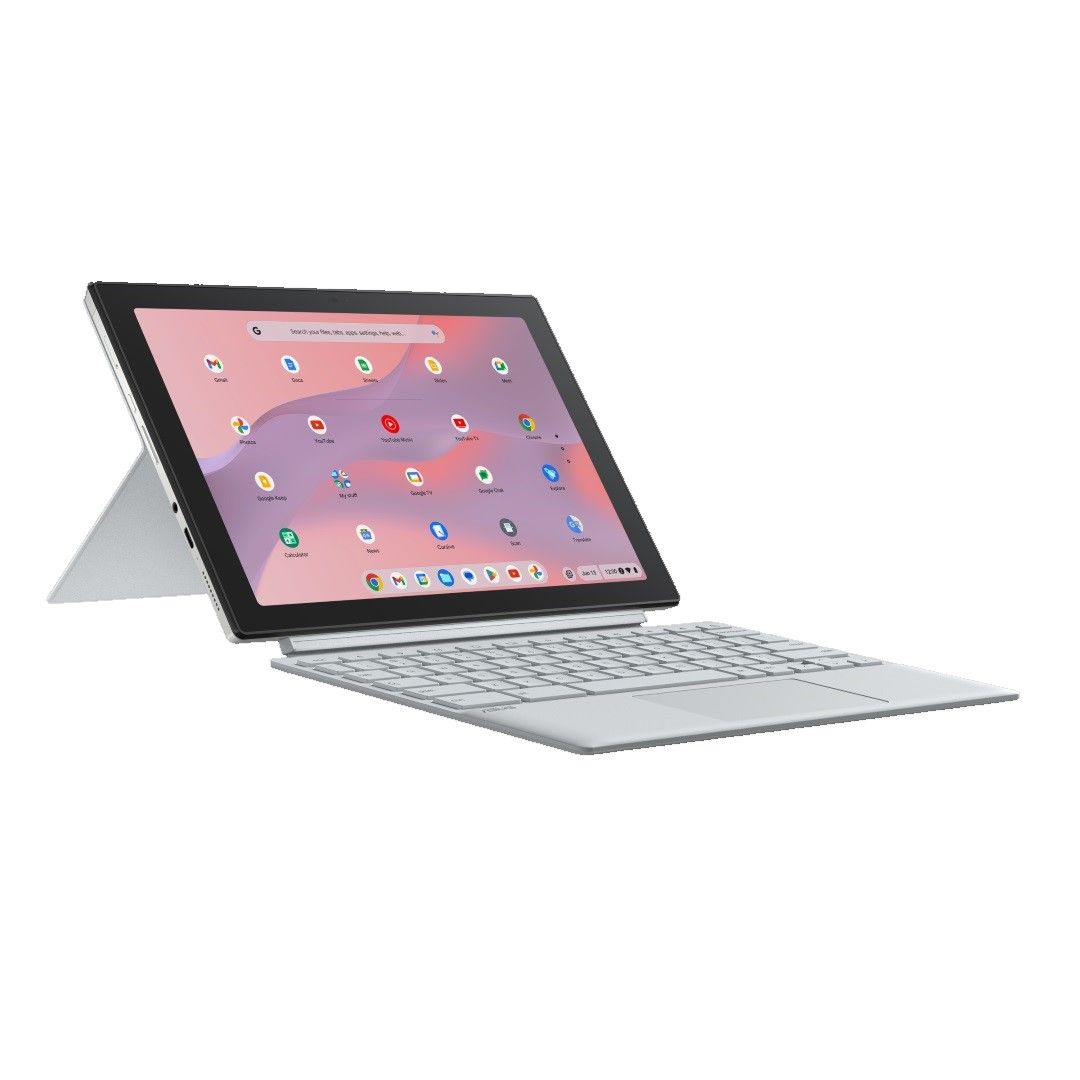
Asus Chromebook CM30 Detachable (CM3001)
$293 $339 Save $46
Asus is throwing a bone to totable ChromeOS tablet fans with the Chromebook CM30 Detachable, a 2024 follow-on to its CM3 detachable from three years ago. The 10.5-inch slab comes with a kickstand and keyboard combo as well as a USI pen housed right within the device — great for scrolling, scribbles, or viral videos.
- A typable compact keyboard
- Siloed USI pen is a boon
- Base memory config shouldn’t exist
- Easily worn and torn
Pricing and availability
Buyer beware, especially if we’re talking about where
Jules Wang / AP
The Asus Chromebook CM30 was announced in November last year, but made its first official splash in Japan this February. It had wide retail carriage at a US-equivalent price of about $360. There was even an LTE variant available at launch.
Juxtaposition that campaign with a relatively tepid and even tricky outing in the United States — you’ll find it for $300 or less at only two major retailers: Best Buy and Walmart. On Asus’s website, you’ll be directed to either CDW, where the listing is light on detail and even the product’s proper name, or Central Computer, where the device can only be acquired on special order; we’re not linking to those pages for those reasons. Furthermore, while each listing is priced identically, Best Buy is selling the CM30 with its base memory configuration featuring 4GB of RAM and 64GB of onboard storage, whereas Walmart has the 8/128GB lockup.
We should also note that Walmart has, as of this writing, prized the CM30 as a Back to School pick, but that doesn’t come with a discount or anything truly meaningful. If you do plan on purchasing one of these tablets, we implore you to get the 8/128 model because we weren’t pleased with how slow our 4/64 review unit was.
What’s good about the Asus Chromebook CM30 Detachable?
An affordable bundle for sketches and web-based work
When it comes to the stuff-for-money ratio, we think it’s pretty favorable towards digital artists: in addition to the usual tablet, 45W adapter, and Type-C cable, you also get a kickstand attachment, a keyboard, and a stylus siloed into a corner of said tablet. Typing on the keyboard feels decent — it’s a layout typical for small-format Chromebooks sporting chiclets that are pitched tightly (~15mm) and travel short (1.5mm). ChromeOS tries to make pen-wielders feel welcome with shortcuts to note and drawing pads as well as “laser pointing” and spot magnification, but apps only do an okay job regarding pressure reading and input sampling.
A lot of that comes down to the TFT display. The panel produces serviceable visuals and has wider viewing angles than we otherwise see at this price point. It does glare out fairly easily, so we’d advise against outside use. Stylus pressure recognition is more coarse than we’d like, so there’s very little weight to the 4,096 levels of recognition. We’d generally advise against professional creative work on this device, but we’ve seen worse color accuracy on more expensive equipment, so who knows? You might get your big break or a steady stream of Patreon commissions on this thing.
Google continues to improve the overall ChromeOS experience and while this 2-in-1 doesn’t fall under the Chromebook Plus banner, interfacing with the software has improved drastically in recent years. Android phone owners will appreciate the ability to link up their devices so that they can unlock the CM30 by unlocking their phone.
There are other continuity features, such as notification syncing across devices — bringing your commissioning and social notifications from your phone to your tablet should make it quicker and easier for you to catch and address them. You’ll also get a bit of extra mileage from some old tricks, such as installing Android and Linux apps (hello Photoshop Express, hello GIMP), but you might need to put on a brave face to deal with the sluggishness and technical pitfalls that can come with using them. And yes, it’s a Chromebook, so it lasts pretty long off the wall: I got in about 8 hours of mixed non-gaming use between charges.
Regarding video chats, don’t expect much out of the 5MP front and back cameras, and you will not be disappointed. They are just as muddy-looking as most webcams of their caliber.
What’s bad about the Asus Chromebook CM30 Detachable?
Build quality and performance are the biggest concerns
Jules Wang / AP
The build is, by far, the weakest link in the CM30’s chain. The tablet itself is fronted by glass and backed largely by aluminum with a plastic shield at the top edge, presumably to maintain acceptable Wi-Fi and Bluetooth reception. While the device is rated MIL-SPEC-810H, we have concerns about that top component: our review unit had its housing cracked open after an accidental knock from 3½ feet (~1.07m) onto an unobstructed tile floor. The plastic split apart at the corners and away from the rest of the tablet, but we were able to snap the piece back into place — still, not a good look for both me and the tablet.
The keyboard and kickstand, though, worry me the most. They’re extremely plasticky affairs but eschew the CM3’s sturdy faux-weave texturing for something more Alcantara-esque that feels foamy when I brush my fingertips along their surfaces, and it can scuff easily, too.
The keyboard is “hinged” in the loosest sense of the word to the magnetized attachment bar by a slightly overlong piece of the wannabe material — this design decision means the keyboard can’t be pitched up at a slight angle like similar folios can. Whether you feel more comfortable typing at an angle or flat on the table is personal preference, but simply put, the fit and finish of the CM30 left me wanting.
Jules Wang / AP
And then there’s the atrocious quirk in the supply with the existence of 4/64 models being sold at one major retailer at the same time as another retailer (albeit through its online-only channel) is selling a version with twice the memory for the same price. You’ll find in pertinent Chromebook reviews of our recent past that 4GB of RAM just isn’t enough on other devices, such as Lenovo’s recent IdeaPad Flex 3i Chromebook, and it plainly also isn’t in this one.
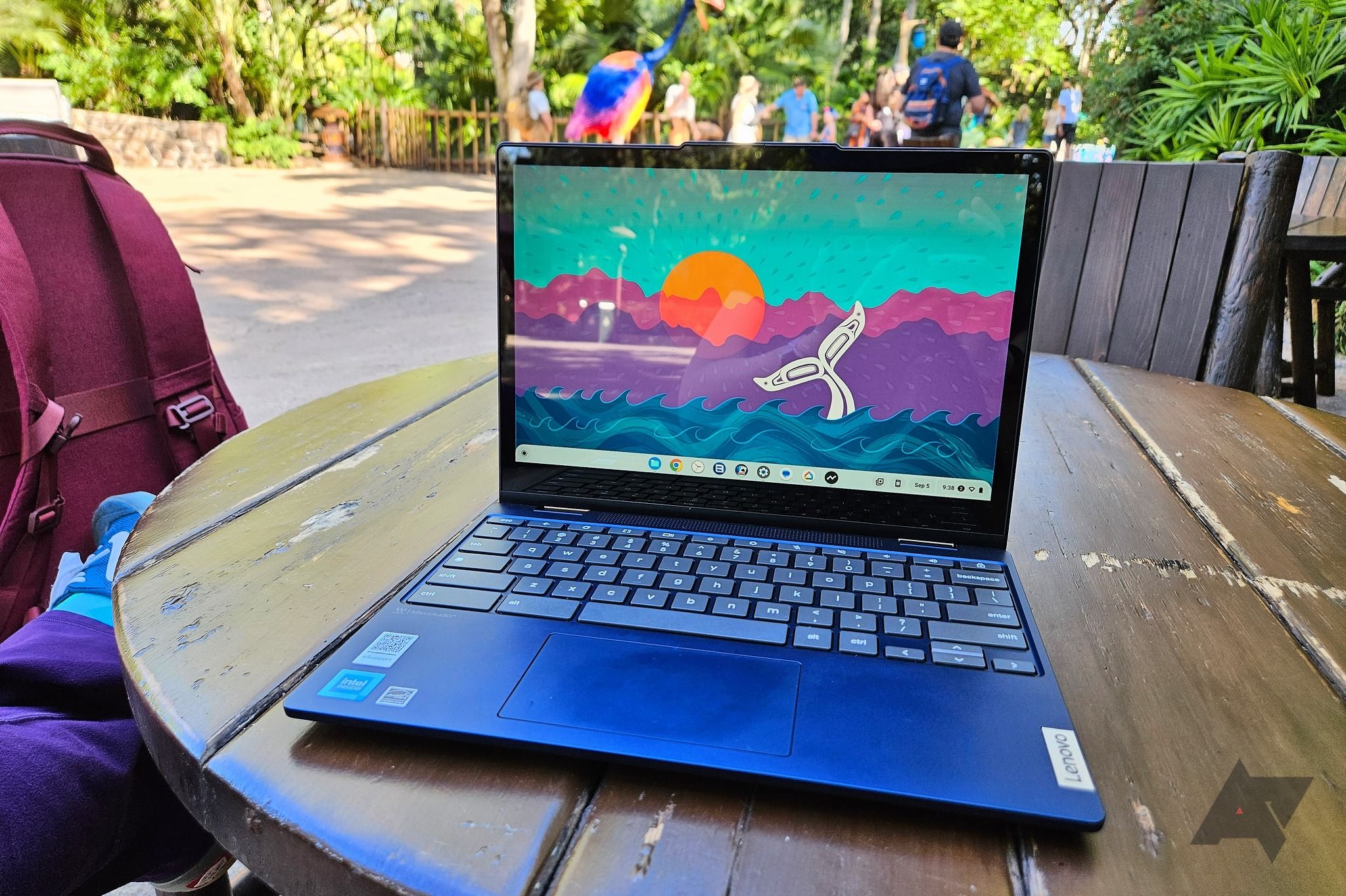
Related
Lenovo IdeaPad Flex 3i Chromebook (Gen 8) review: Bigger screen, even bigger flaws
We abolished the bulky bezels, but at what cost?
That memory, paired with the Kompanio 520 SoC, couldn’t keep up during typing tests — Monkeytype would hang for several seconds at a time while I was performing an exam, an unacceptable facet when facing realtime and just-in-time tasks.
And it’s not as if grabbing the higher-spec SKU would magically solve the performance problems, either. 8GB of RAM, along with a Kompanio 520-equivalent chip, does not hold up to Android Police’s occasionally overbearing content management system in our testing. The CM30 Detachable might not handle your workload if you deal in real-time inputs and outputs and intensive uploads and downloads as part of a multitasking setup.
Should you buy it?
Good for back to school, if you know what you’re going to school for
Jules Wang / AP
There’s no denying that price plays a tricky factor in determining how we overlook the Asus Chromebook CM30 Detachable’s shortcomings. The company makes a firm utility-for-value argument in offering a drawing tablet with a keyboard for $300. Still, it undercuts it with build quality that needs babying if you want the device to last for the nine years it’ll receive software updates. One of the bets you’re making on an investment like this is value for time, so if you’re willing to cope with maintenance, keep that in mind.
Through that prism, if your interests in using the CM30 are pitched towards creativity without fast-approaching deadlines and a bit of portable streaming for relaxation, I would say that this isn’t a bad pick if you can get it for even less than the current MSRP. Maybe consider grabbing one if you have the bandwidth for a secondary device, and consider your scribbles more of a hobby. Say that Galaxy S24 Ultra you already have just isn’t enough space for you — this might work. Otherwise, you’ll probably need to look at older or used devices with more performant components if you want to stick within this price range. Heck, if you can spare an extra $50, you can get a new Chromebook Plus device.

Asus Chromebook CM30 Detachable (CM3001)
Getting a tablet, keyboard, and stylus for $300 might be hard to resist, but you’re missing out on a lot with subpar specifications and build quality. The Asus Chromebook CM30 Detachable should serve you well if you work on a flat surface and put it back in a case (sold separately) after every session.
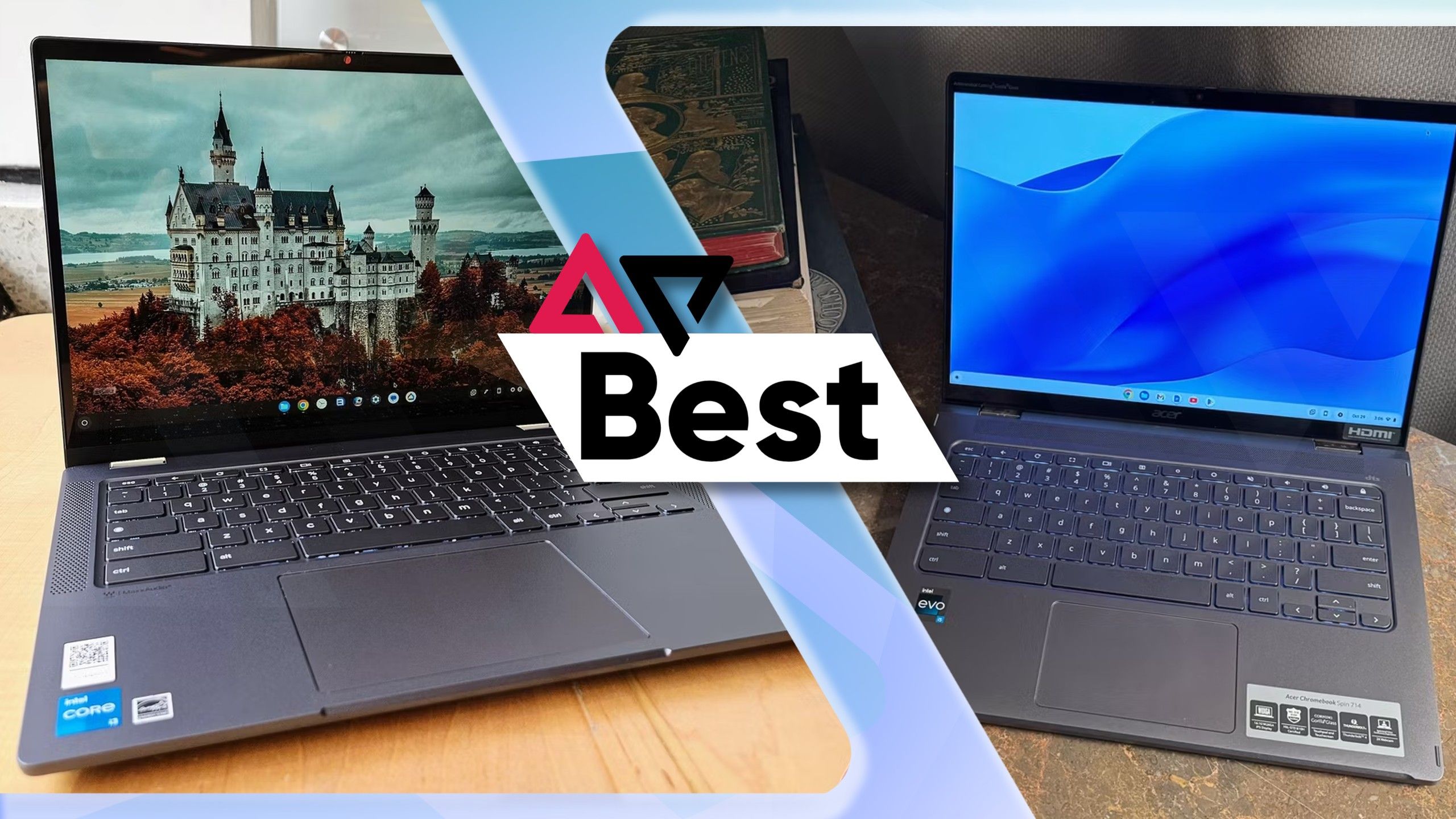
Related
Best Chromebooks in 2024
The best laptops running ChromeOS
Source link

